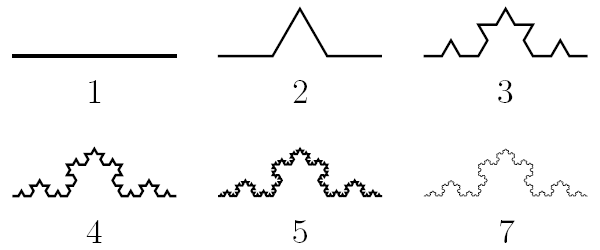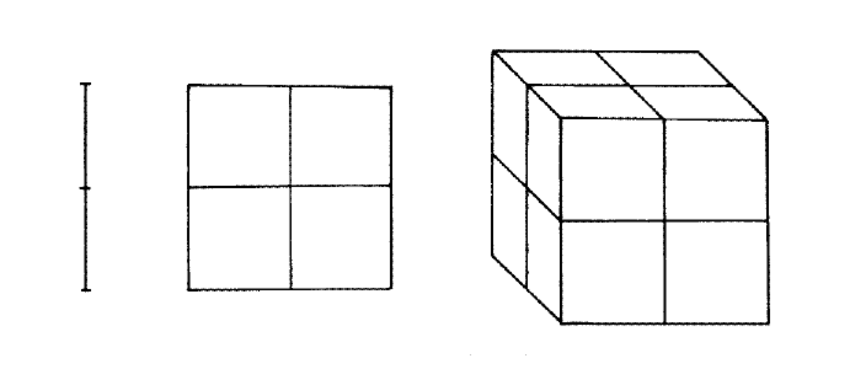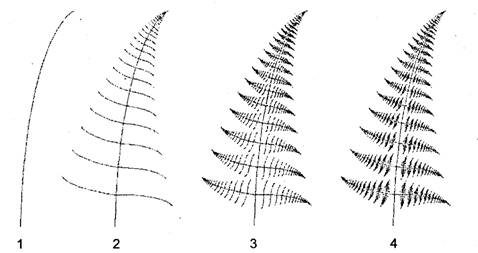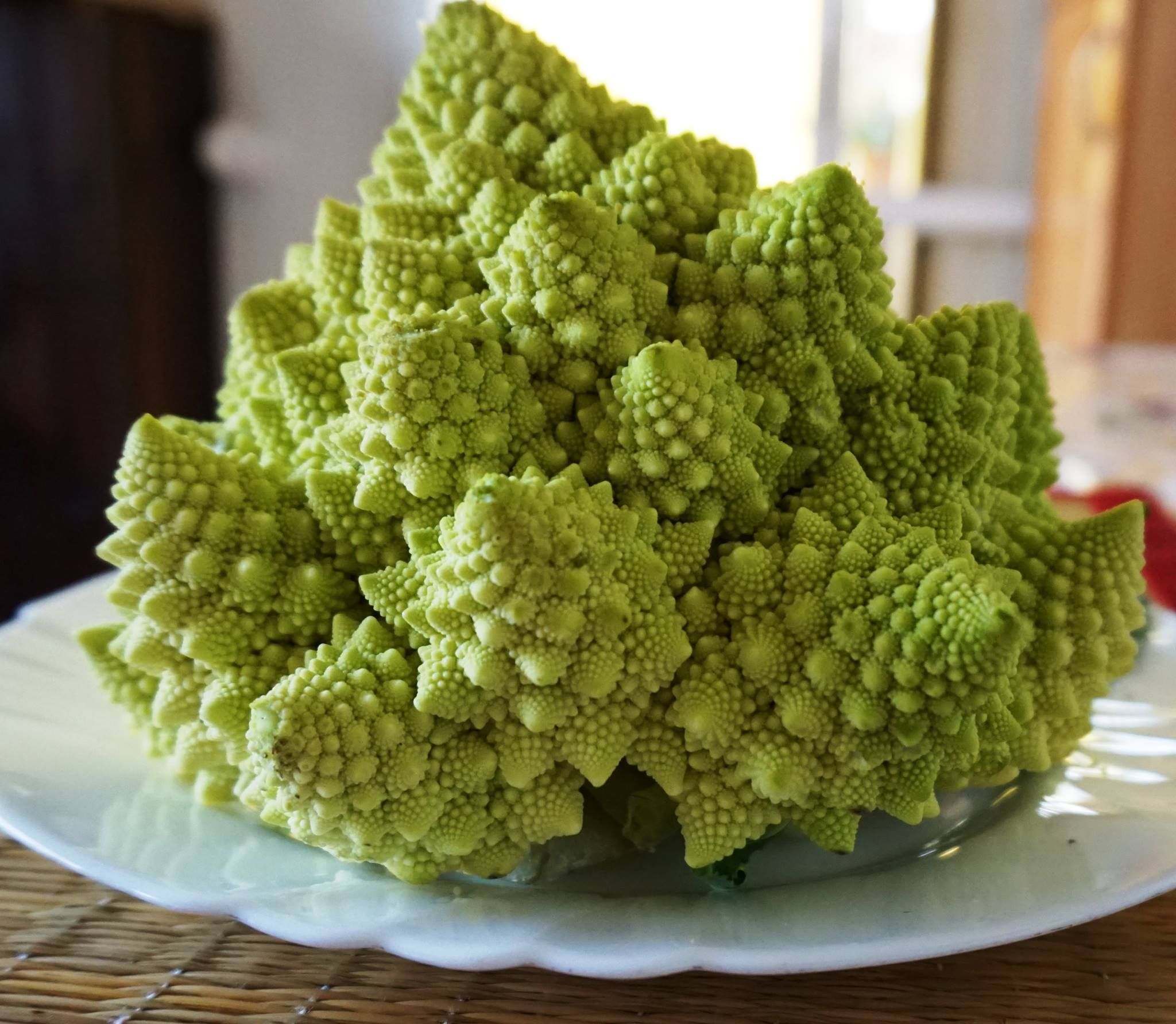Abstract: the material describes the problems of the model of a hot Universe, considers the inflationary models of Alan Gut and Andrei Linde, as a result of which a conclusion is made about the feasibility of the hypothesis of the Multiverse, its meaning and self-similarity.
Foreword
When choosing a topic for this material, I decided that it was time for me to talk with my readers about mathematics, as it was in the article about Fermat's Last Theorem, and on the advice of a professor I know, my eyes fell on fractals. A fractal is a set that has the property of self-similarity. When scaling, any part of a fractal represents the fractal itself. As an example of a fractal, I will cite the Cantor set, which was described in 1883 by Georg Cantor. The set begins with a segment of a certain length, and each subsequent segment is a third of the previous one, and there are two such segments in the "line", and they are separated by a distance of the same segment. No matter how much we scale this set, it will always resemble its original appearance. It looks like this:

— , . 1904 . (1/3), . , 1/3. , :

, , — . , , . - . , , .
, . . , . — , . , . , , , :

, ; , 32; , 33 . , , ? , 4 ! , :
, , 3Blue1Brown, — , , . , 1,3, — 1,05 1,7. :

, — , -, 1990- . . , 2,66:

. , , :

, : « », , , .
1981 . . :
«, , ».
, .. , , «Inflationary universe: A possible solution to the horizon and flatness problems», Physical Review 15 1981 . SLAC , - MIT. , :
(CMB) , ;
, (.. ).

? , , . , . : ( 1016 ). 10-36 . — . , , . , , , , , ( , .. , , ). — , , (-1ε/3). . -, . , (10-36 ) , . , .
, , , ( - ). , , . : 10-35 . , , . .
?
( ) — , . , — , , , , .
, , , , , , — .
? , . :
, .
. , , , , . « » .
()
« , , . . , . , . , , . . , . , , . , ? — ? , ! , , , . - . , — : , , . , , — . , , . , , — , . , — . , . , «» . : — , , , , , — . : . . , , , , ».

?
, , «» , ! , , , , , !

( , ), , t, , . «» - — , , ... . , , — . , -. , , .
, , , — . : - — H2O, : , . , , , — . , , , .
— , , .
«, «-», , , , ? , ... ? : 2000 , . ? 100 , -- (w-) — . ? , . 2 , . 2 , . 100 , . , , -, .
, . , , , , , — , , , . , , , : , , 10 (101000) , , ... , , , - , , , , . , , , . — , . , , — , . , . ».
—
:
.. « » ;
();
();
.. «The Self-Reproducing Inflationary Universe Scientific American» , 1994 ()
()
, ()
3Blue1Brown ()
I also run a telegram channel where you can get acquainted with my activities, pressing issues of cosmology and my old articles ( link ).